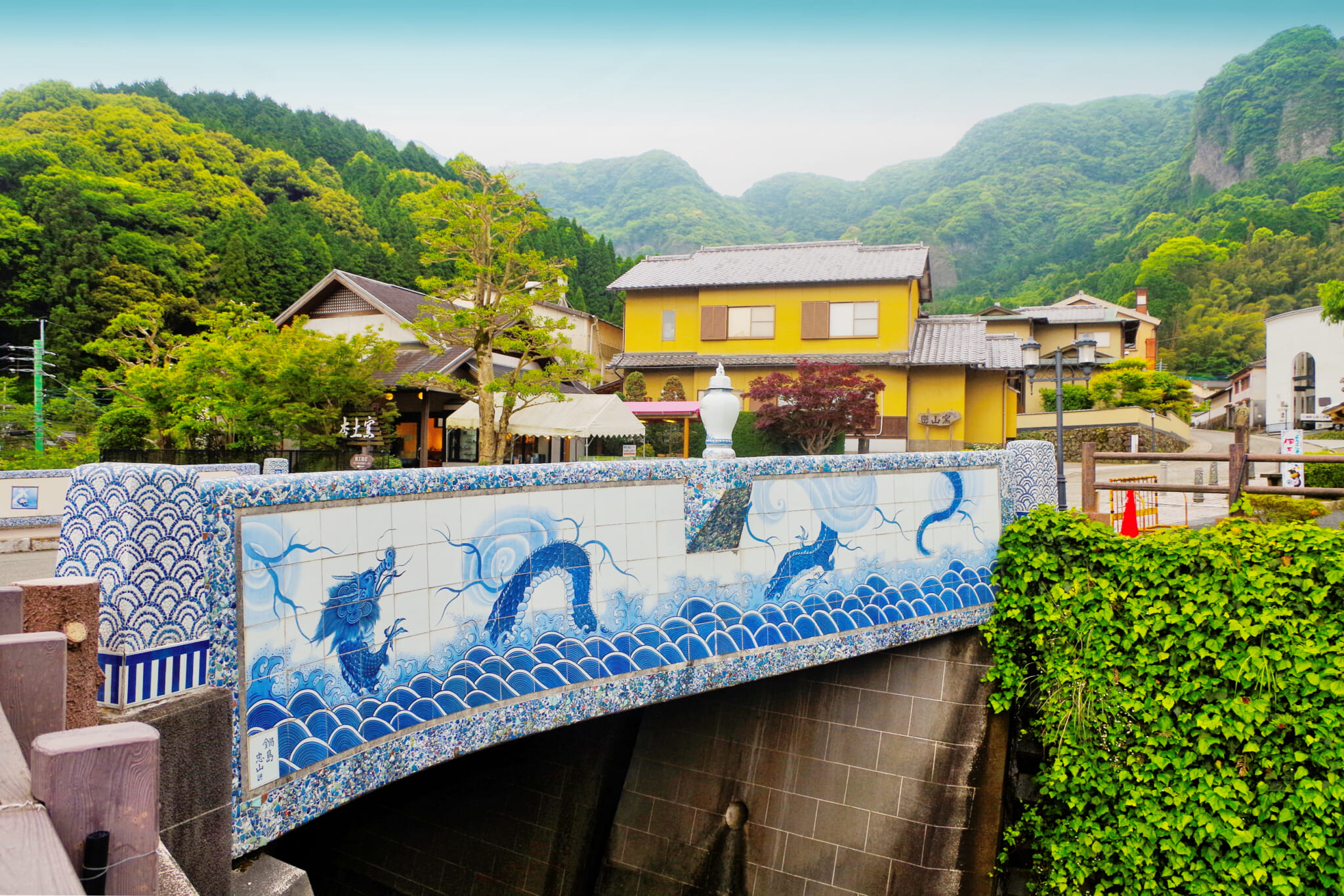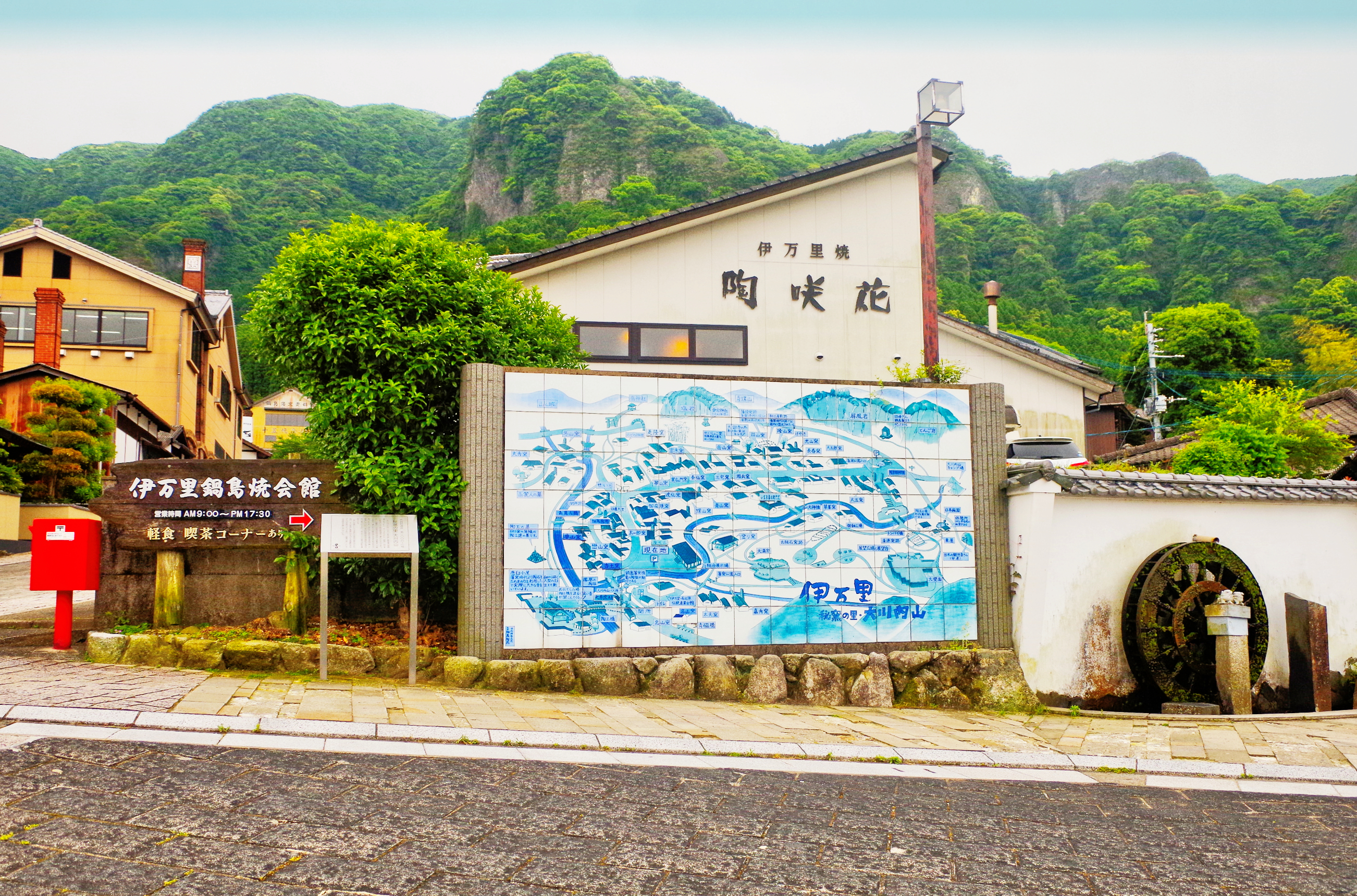To many travelers, Saga is synonymous with pottery; the birthplace of Japanese porcelain, the prefecture is celebrated for its ceramic mastery, with Arita and Imari standing as iconic towns that have shaped the region’s reputation for producing exquisite wares. Among its famous pottery villages, the diminutive, secluded Okawachiyama is one of the most intriguing. Historically known as the “Village of Secret Kilns,” its jealously guarded kilns once supplied pottery to the Imperial court. Today it’s still a mecca of high-quality ceramics, though it’s grown considerably more welcoming to visitors.

Ceramics, Shrouded in Secrecy
Okawachiyama village is located in Imari city, one of the first places to produce porcelain in Japan, after Arita. The town rose to special prominence during the Edo period, when the Tokugawa shogunate imposed harsh regulations on the production and distribution of ceramic wares. To comply with these regulations — and avoid scrutiny — Arita potters moved their kilns into the steep terrains of Ochikawayama.
Nestled in the mountains, away from prying eyes of authorities and competitors alike, these craftsmen were freer to develop new technologies and experiment with new designs. Saga’s ruling Nabeshima Clan became their patrons, setting up a guard post at the village entrance to strictly protect and control the kilns. Working in intense seclusion, the potters honed their own unique styles and techniques, and for nearly 200 years, Okawachiyama produced top-quality porcelain goods for the imperial court and lords throughout Japan.
Nowadays, the village has around a dozen no-longer-secret pottery ateliers where tourists can purchase some of Saga’s famous porcelain for themselves. But the air of sacred preservation permeates the area to this day.
Appreciating Modern Saga Pottery
Visiting Okawachiyama is a perfect opportunity to peruse the area’s signature, high-quality ceramics, referred to as Nabeshima ware after the clan that helped guard the secrets here. Travelers can leisurely stroll through the village, exploring pottery shops scattered throughout; some of these even offer hands-on workshops run by skilled artisans.
For a glimpse into local history, there’s a small handicrafts museum located near the village’s center. But craftsmanship can be admired all through the town: As you make your way through the scenic alleyways suffused with the smoky aromas of the kaolin kilns, you’ll see ceramic vases, decorations and even ceramic maps adorning the town walls. Though Okawachiyama is no longer hidden away, visitors can still appreciate the sense of secrecy that lies beneath the glaze of its history.
This article appeared in Kyushu Weekender 2024. To read the whole issue, click here.











